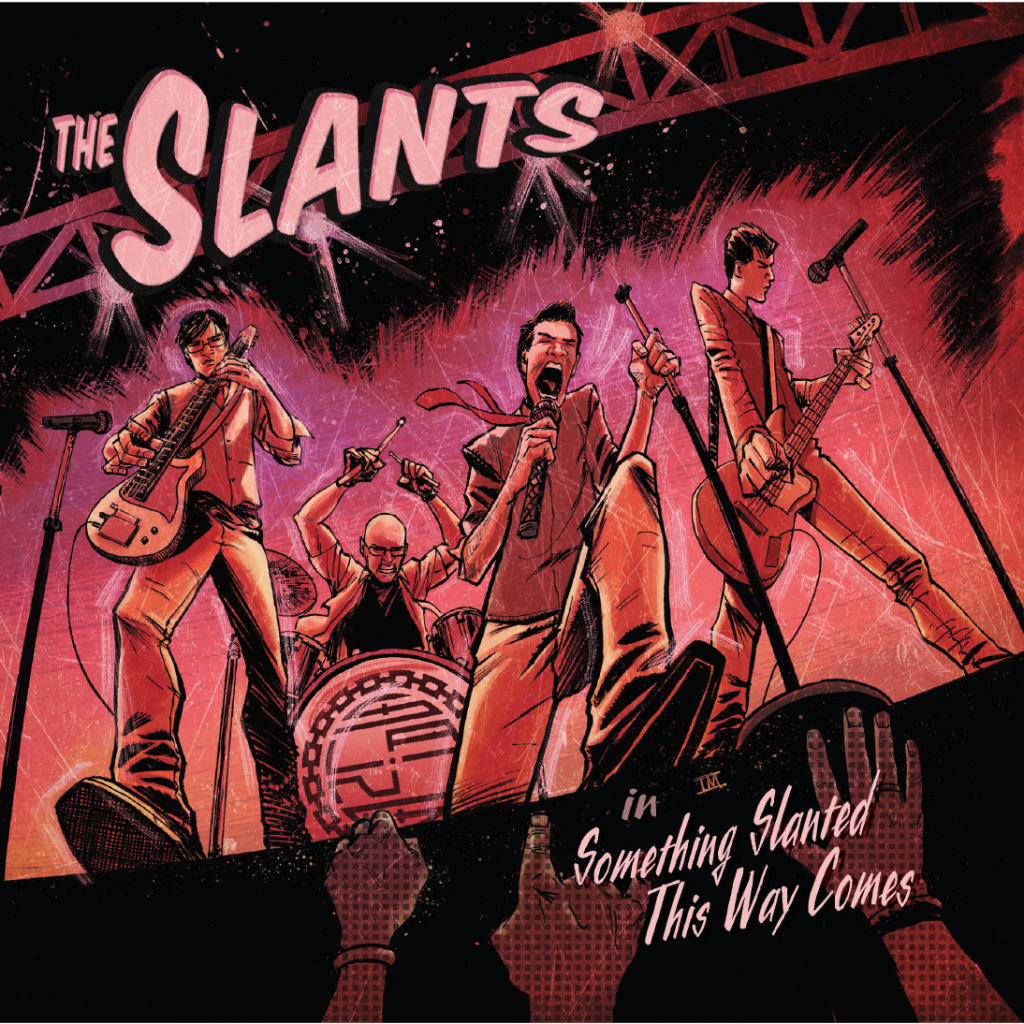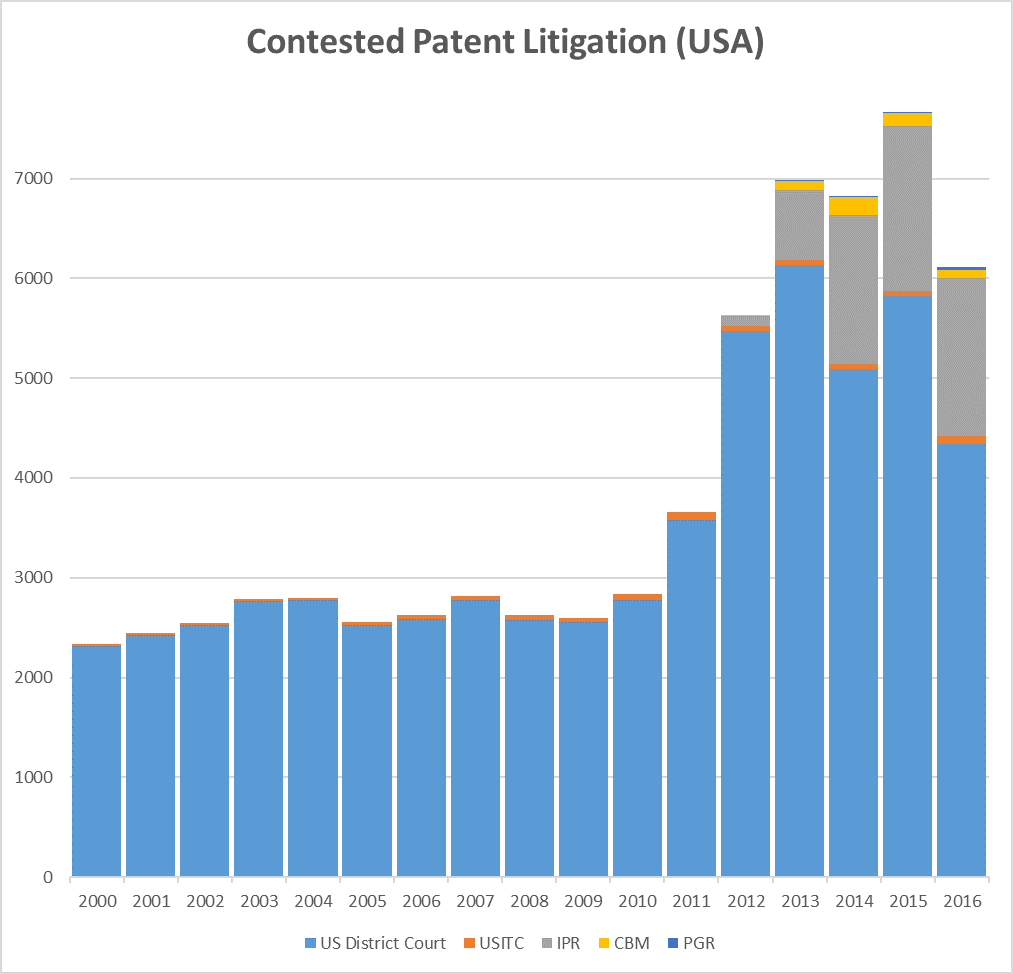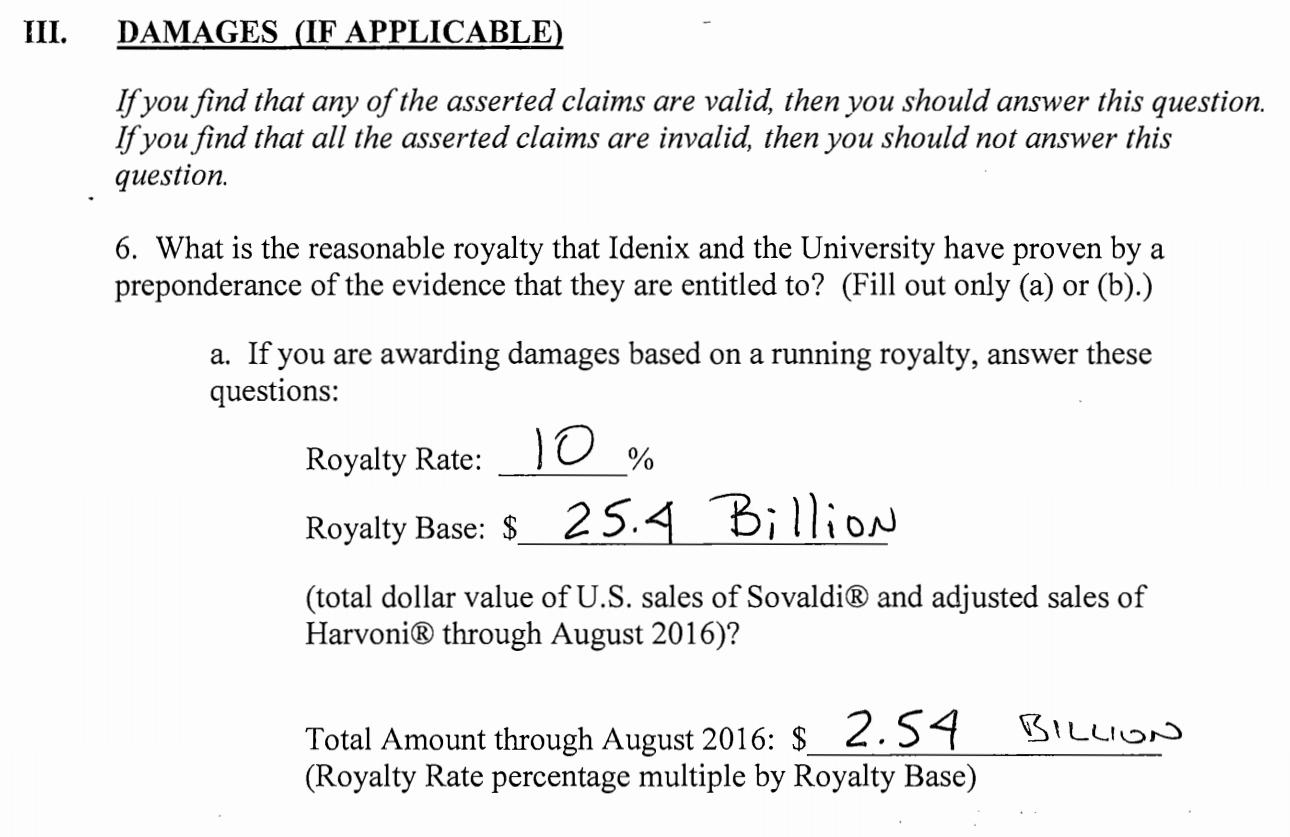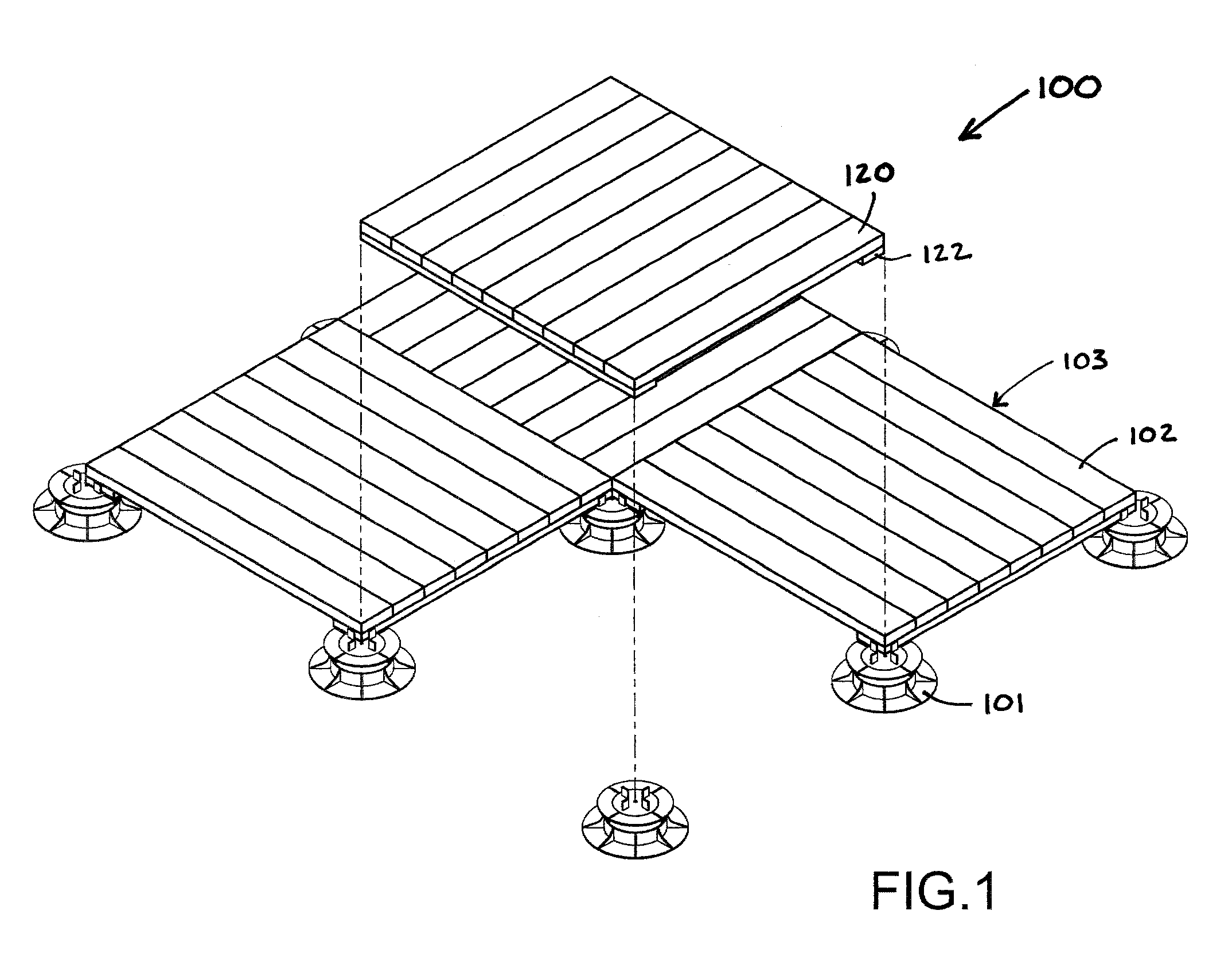By Jason Rantanen
Power Integrations, Inc. v. Fairchild Semiconductor International, Inc. (Fed. Cir. 2016) 15-1329.Opinion.12-8-2016.1
Panel: Prost, Schall, Chen (author)
This appeal is the latest in a long-running patent saga between Power Integrations and Fairchild. Each asserted patents against the other; each won as to liability against the other. The most interesting aspect of this opinion is its discussion of inducement, in which the court rejects a jury instruction on inducement that expressly stated that the third party’s direct infringement “need not have been actually caused by the [accused inducer’s] actions.”
Background: The complexity of this appeal is illustrated by the opinion’s 8 bullet-point summary of its holdings. The jury found that Power Integrations’ Patent Nos. 6,107,851 and 6,249,876 were not anticipated and were directly and indirectly infringed by Fairchild and that Fairchild’s Patent No. 7,259,972 was not obvious and was infringed by Power Integrations under the doctrine of equivalents (but was not literally infringed or indirectly infringed by Power Integrations). The jury also found Power Integrations’ Patent No. 7,834,605 neither anticipated nor obvious. Following trial, the district court granted judgment as a matter of law that Fairchild directly infringed this patent. The district court granted a permanent injunction against Fairchild and declined to grant an inunction against Power Integrations.
Fairchild appealed and Power Integrations cross-appealed.
Inducement: The indirect infringement issue involved 35 U.S.C. § 271(b), a one sentence provision at the heart of several significant opinions over the last few years. Section 271(b) reads “[w]hoever actively induces infringement of a patent shall be liable as an infringer.” Basic elements of an inducement claim include some type of action by the alleged inducer to encourage acts by a third party, an awareness that the third party’s acts would infringe a patent, and actual direct infringement by a third party.
The full jury instruction takes up almost a page and a half of the opinion. The critical passage on appeal reads:
In order to establish active inducement of infringement, it is not sufficient that others directly infringe the claim. Nor is it sufficient that the party accused of infringement was aware of the acts by others that directly infringe. Rather, in order to find inducement, you must find that the party accused of infringement intended others to use its products in at least some ways that would infringe the asserted claims of the patent. However, that infringement need not have been actually caused by the party’s actions. All that is required is that the party took steps to encourage or assist that infringement, regardless of whether that encouragement succeeded, or was even received.
Slip Op. at 22 (emphasis in opinion). The problem, in the court’s words, was that “[t]his instruction left the jury with the incorrect understanding that a party may be liable for induced infringement even where it does not successfully communicate with and induce a third-party direct infringer.” Id. at 23. Rather, inducement “requires successful communication between the alleged inducer and the third-party direct infringer.” Id. Quoting from Dynacore Holdings Corp. v. U.S. Philips Corp., 363, F.3d 1263, 1274 (Fed. Cir. 2004), the court observed “[w]e have further held that “[t]o prevail under a theory of indirect infringement, [plaintiff] must first prove that the defendants’ actions led to direct infringement of the [patent-in-suit].” Id. at 24. Thus, “a finding of induced infringement requires actual inducement.” Id. In terms of doctrine, the court situates this inquiry in the requirement of inducement itself.
Although the court does not come right out and say it, this is fundamentally a theory of causality in inducement. In other words, it is not enough that the alleged inducer engage in acts intended to result in direct infringement by a third party and that the third party directly infringes. At a minimum, there must be a successful communication between the two. Attempted inducement is not enough; there must be “actual inducement.” This interpretation is further bolstered by the court’s rejection of the language in the jury instruction stating that “infringement need not have been actually caused by the party’s actions.” That said, despite the invitation to address causality presented by the jury instruction, the court conspicuously avoids describing its holding in those terms. Nowhere outside of the jury instruction and a few unrelated places does a permutation of “caus” appear.
Even as it recognized a requirement that there be some link between the acts of the alleged inducer and the directly infringing acts, however, the Federal Circuit was not willing to go so far as to say that Fairchild did not induce infringement as a matter of law. After rejecting Fairchild’s argument on the lack of sufficiency of the evidence generally, the Federal Circuit dismissed its argument on nexus between Fairchild’s acts and the ultimate direct infringement. Fairchild contended
that Power Integrations introduced evidence of only three acts of direct infringement—sales of an HP printer, Acer notebook computer, and Samsung notebook computer containing infringing Fairchild controller chips—and that Power Integrations was required to present evidence that Fairchild specifically induced HP, Acer, Samsung, or the retailers from which Power Integrations purchased the infringing products to incorporate the infringing controller chips into products bound for the United States.
Id. at 30. The Federal Circuit rejected the argument that such specificity was required in the nexus. “While none of [Power Integrations’ evidence can be directly linked to the particular HP printer, Acer notebook computer, or Samsung notebook computer Power Integrations
introduced at trial as representative acts of direct infringement, it was sufficient to allow the jury to find that Fairchild had induced its customers (including HP, Acer, and Samsung) to infringe as a class. This is all that we require.” Id. at 31. “Indeed, we have affirmed induced infringement verdicts based on circumstantial evidence of inducement (e.g., advertisements, user manuals) directed to a class of direct infringers (e.g., customers, end users) without
requiring hard proof that any individual third-party direct infringer was actually persuaded to infringe by that material.” Id.
Thus, although some evidence of a link between inducer’s acts and the directly infringing acts is required, it need not be with the level of specificity that might need to be shown in other contexts. Absolute precision of proof as to the machine in the courtroom is not necessary. And yet, some proof of a link must be present. Here, the court concluded, there was sufficient evidence for a reasonable jury to find that necessary link.
At this point you might be asking why all of this mattered, given that Fairchild did not appeal the jury verdict that it directly infringed the patents. The reason is because the finding of inducement greatly expanded the scope of Fairchild’s liability beyond its direct infringement in the United States. Based on its decision on inducement, the Federal Circuit vacated the district court’s grant of Power Integrations’ motion for a permanent injunction against Fairchild. Of course, given that these issues are being remanded to the district court, it is conceivable that the outcomes of both could ultimately be the same.
Practice commentary: The opinion contains a simple articulation of the requirements of an inducement claim that rearranges the conventional elements. Near the beginning of its discussion of the jury verdict, the court describes the elements as follows:
In other words, Power Integrations was required to prove that: (1) a third party directly infringed the asserted claims of the ’851 and ’876 patents; (2) Fairchild induced those infringing acts; and (3) Fairchild knew the acts it induced constituted infringement.
In my view, this version is much easier to understand than the usual way inducement is articulated.
Anticipation: The court’s review on anticipation of the ‘605 patent is also interesting as an example of a jury verdict of no anticipation being overturned on appeal. Here, Fairchild bore a double-burden on Power Integrations ‘605 patent: not only did it bear the burden of proving that the presumptively-valid claims were anticipated, but it also had to convince the Federal Circuit on appeal that the jury’s finding to the contrary was unsupported by substantial evidence. Fairchild was helped on appeal by the relative narrowness of the disputed evidentiary issue. On that particular issue, the court concluded that Power Integrations’ own expert had testified that the critical element required by the claims was disclosed by the prior art reference.
Doctrine of equivalents: The main point here is Power Integrations’ successful claim vitiation argument.
Edit: Added the opinion itself.




 by Dennis Crouch
by Dennis Crouch
